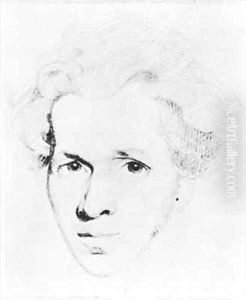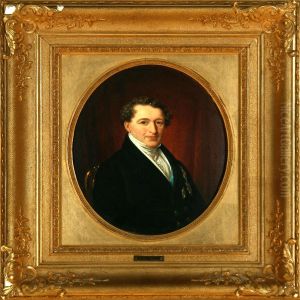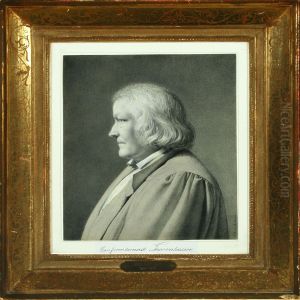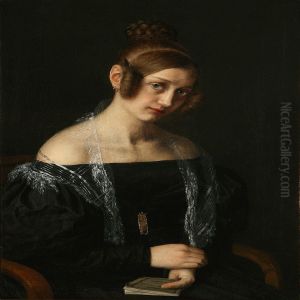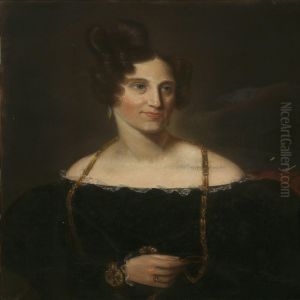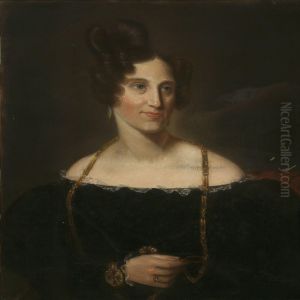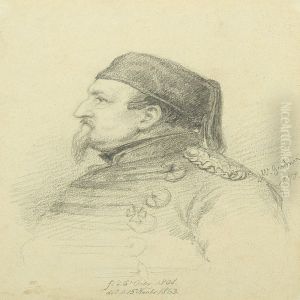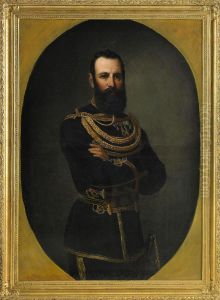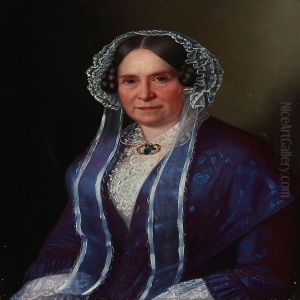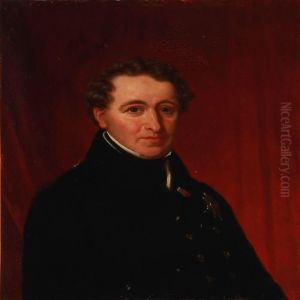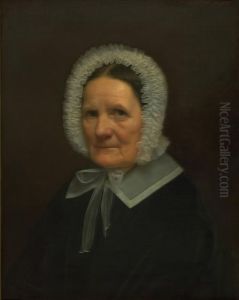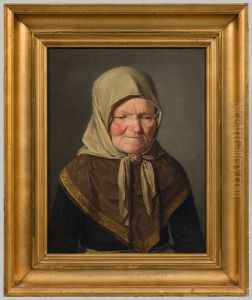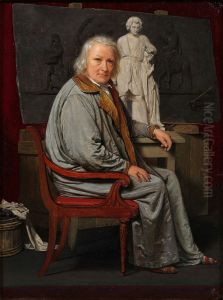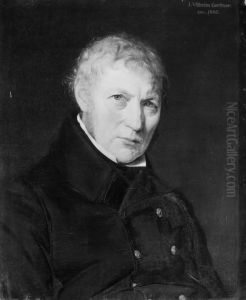Johan Vilhelm Gertner Paintings
Johan Vilhelm Gertner was a Danish painter born on March 10, 1818, in Copenhagen, Denmark. He is recognized for his contributions to portrait painting and his role in the Danish Golden Age of painting, a period of outstanding creative production in Denmark in the early to mid-19th century.
Gertner began his artistic education at the Royal Danish Academy of Fine Arts at a young age and demonstrated considerable talent early on. He was trained by some of the leading artists of the time, such as Christoffer Wilhelm Eckersberg, who is often referred to as the father of Danish painting. Under the influence of his mentor, Gertner developed a keen eye for realism and detail, which became hallmarks of his work.
Throughout his career, Gertner focused primarily on portraiture, capturing the likenesses of many prominent figures of his time. His portraits are known for their fine detail, accurate representation, and subtle use of light and shadow, reflecting the influence of the Dutch masters as well as contemporary trends in European art.
Gertner's works were widely appreciated, and he received numerous commissions from the Danish royal family, the nobility, and the bourgeoisie, which helped to establish his reputation as one of the leading portrait painters in Denmark. Despite the success of his portraits, Gertner also experimented with other genres, including historical scenes and genre paintings; however, these works did not achieve the same level of acclaim as his portraits.
In addition to his painting, Gertner played a significant role in the cultural life of Denmark. He was involved in the establishment of the Copenhagen Art Union (Kunstforeningen), an important institution that worked to promote Danish art and artists.
Johan Vilhelm Gertner's contribution to Danish art was cut short when he died on March 29, 1871, in Copenhagen. His legacy is preserved in the collections of major Danish museums, including the National Gallery of Denmark (Statens Museum for Kunst), where his portraits continue to be admired for their technical skill and historical significance.
